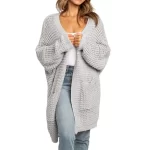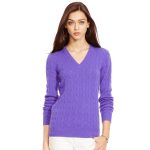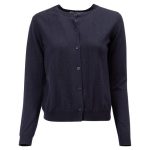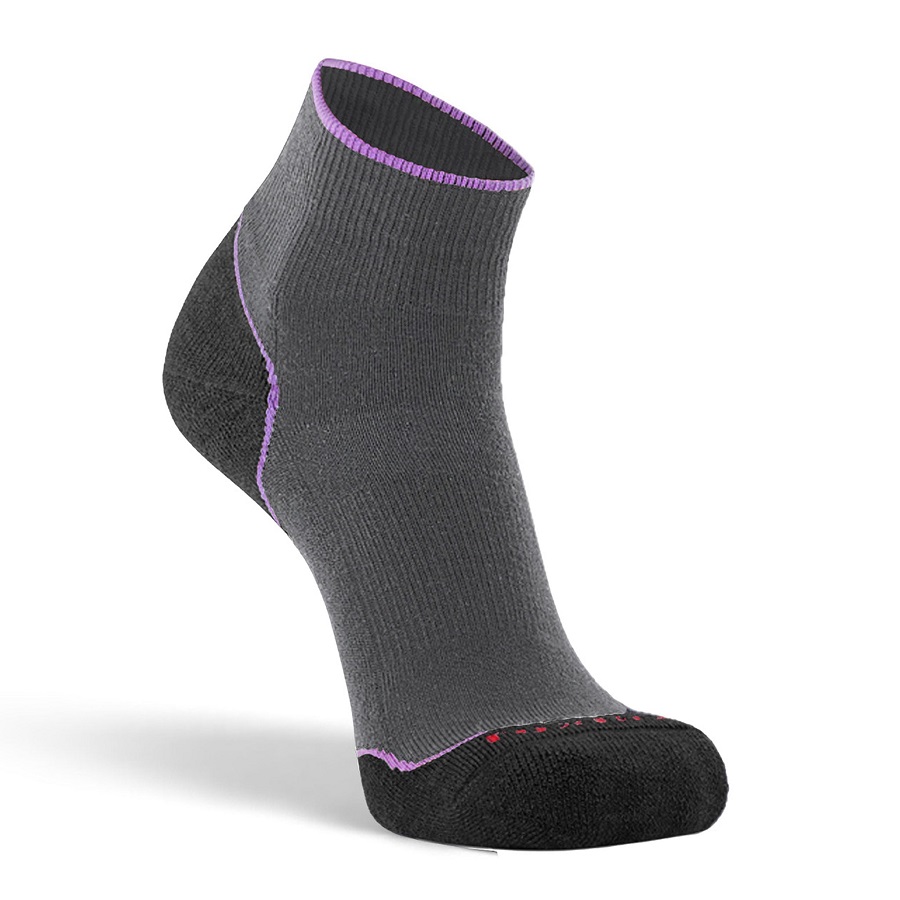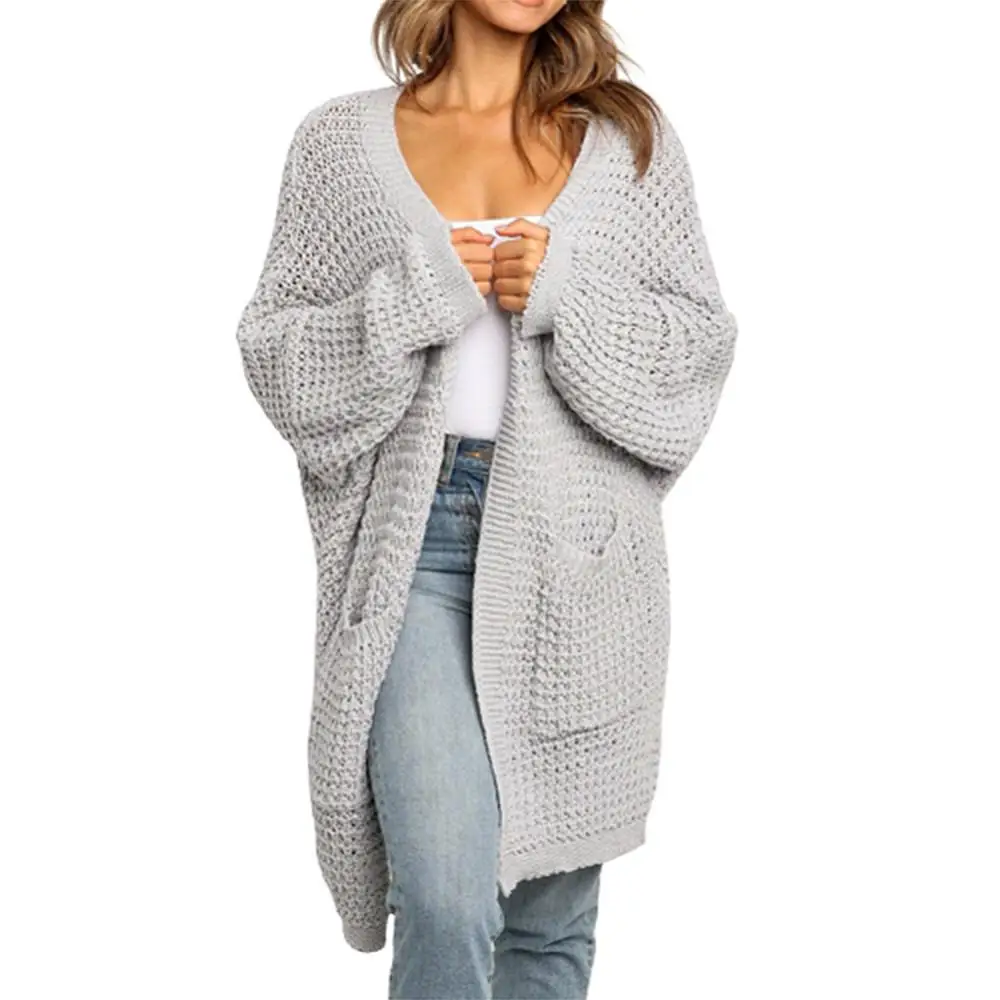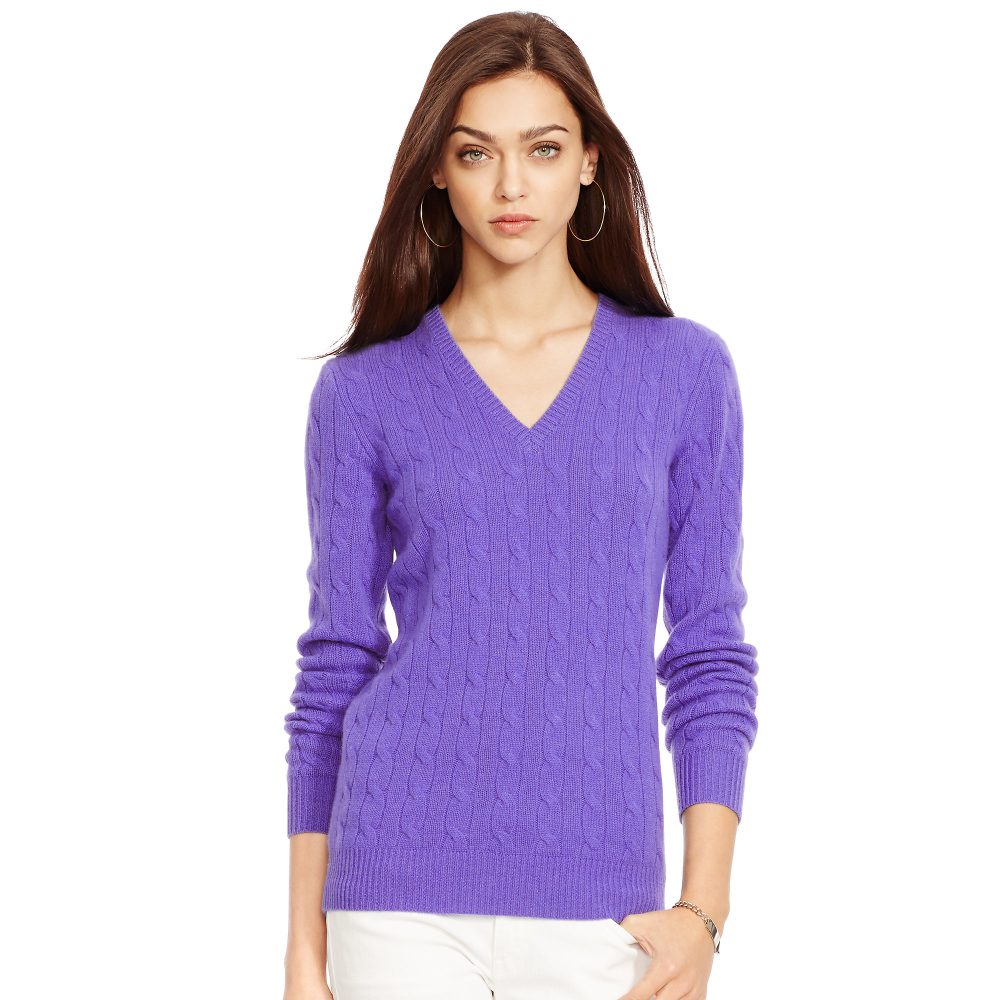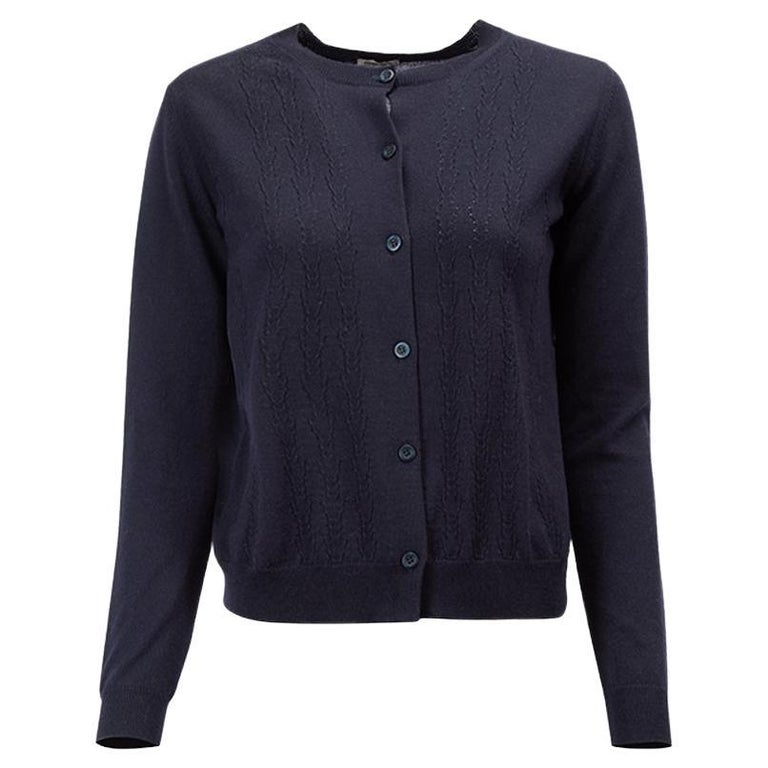Importance of Selecting the Right Hiking Socks
Selecting the right hiking socks for women is crucial. It affects comfort, performance, and foot health. Proper socks can prevent blisters and improve grip inside boots. They also manage moisture to keep feet dry. Supportive socks enhance stability on uneven trails. High-quality socks mean fewer replacements, saving money over time. Choosing wisely is about more than just fabric. It’s about ensuring a durable, comfortable, and efficient hike. Look for socks with padding, arch support, and moisture-wicking properties. Remember to consider the hiking terrain, distance, and personal needs. Socks are the foundation of a successful hiking experience for women.
Key Features to Look for in Women’s Hiking Socks
When shopping for hiking socks for women, focus on certain key features. Look for cushioning, which offers extra comfort and protection. Socks with reinforced heels and toes last longer. They resist wear and tear on rigorous trails. Select socks with arch support to reduce fatigue. This feature aids in stability and balance. Ensure they have moisture-wicking capabilities to keep feet dry. Breathability is also vital for regulating temperature. Look for seamless designs to minimize irritation. A proper fit is crucial to avoid slippage and blisters. Socks with compression zones can improve circulation. This can help with recovery after long hikes. Lastly, select socks with antimicrobial properties. This can prevent odors and maintain freshness. The right combination of features ensures durability and comfort on hikes.
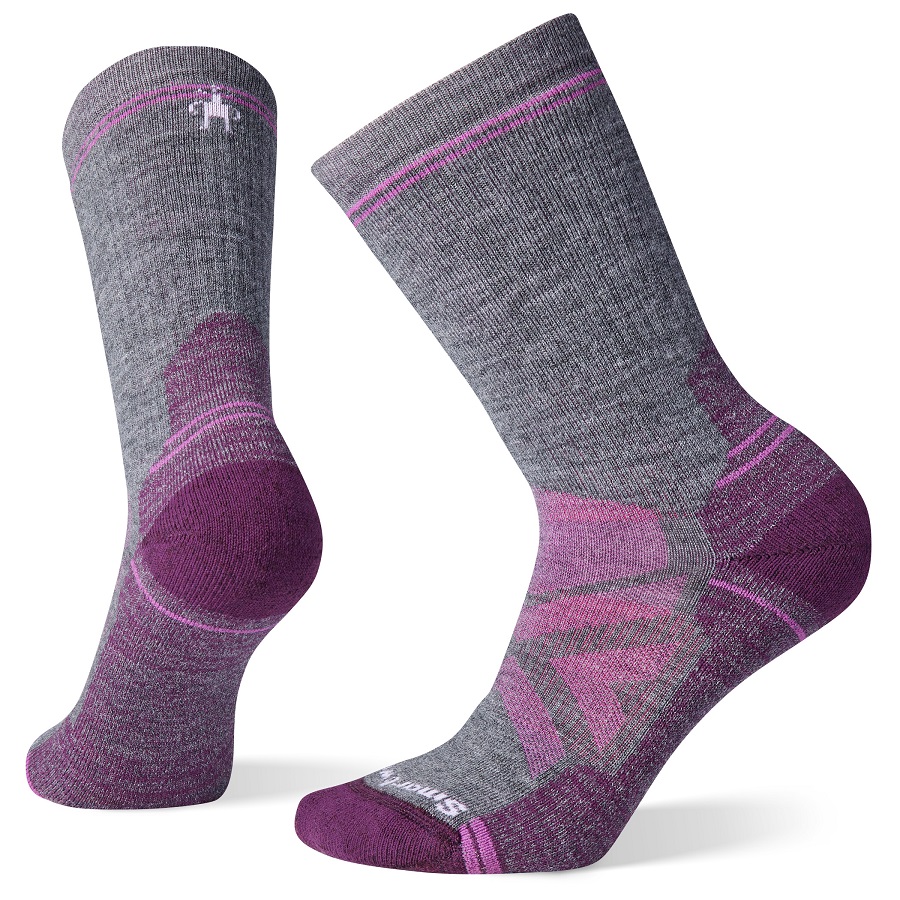
Material Choices for Optimal Comfort and Durability
Choosing the right material for hiking socks for women is essential. Material affects comfort, durability, and sock performance. Here are key materials to consider:
- Merino Wool: Offers excellent insulation and moisture management. It’s soft, odor-resistant, and perfect for long hikes.
- Synthetic Fibers: Materials like polyester and nylon provide great durability. They dry quickly and are good for wet conditions.
- Coolmax Fabric: This is ideal for hot weather. It wicks away moisture and keeps feet cool and dry.
- Spandex: Often blended with other fabrics for a snug fit. It ensures the socks stay in place and do not bunch up.
Materials may also be blended to combine benefits. For example, Merino wool mixed with synthetic fibers adds durability to comfort. When selecting hiking socks for women, examine the material blend. Look for socks that have a good balance of these materials. This balance aims for maximum comfort and longevity on the trails. Choose socks with a higher density of material in areas prone to wear. Pay attention to the thickness. Thick socks offer more cushioning but can be too warm. Thin socks are cooler but may wear out faster. Consider the type of hiking and weather conditions when choosing the material. The right material choice will enhance your hiking experience and sock lifespan.
Fit and Size Considerations for Women
Selecting hiking socks for women also involves proper fit and sizing. Ill-fitting socks can lead to discomfort and blisters. Here’s what to consider when assessing fit and size for durability and comfort:
- Right Size: Ensure the socks match your shoe size. Socks that are too large can bunch up. Those that are too small can restrict circulation.
- Snug but Not Tight: Choose socks that hug the foot and leg without constricting. This prevents slippage and reduces the risk of blisters.
- Heel Position: The heel of the sock should align with your heel. Misalignment can cause the sock to wear quickly and irritate the skin.
- Length: The length should be appropriate for the boot height. Low-cut socks for trail runners, crew-length for mid to high boots.
- Elasticity: The band should have good elasticity to stay up without digging into the skin. This ensures comfort during long treks.
When trying on hiking socks, wear them with your hiking boots to check for the proper fit. Remember to examine the fit when standing up since your feet expand under body weight. The right fit enhances the benefits of the sock’s features, such as cushioning and arch support, ensuring a better hiking experience.
Seasonal Variations: Choosing Socks for Different Climates
When preparing for a hike, consider the climate and season. This guides your choice in hiking socks for women. Here are some tips for selecting socks based on different weather conditions:
- Warm Climates: Choose lighter, thinner socks with excellent moisture-wicking like Coolmax fabric. This helps keep your feet dry and cool.
- Cool Climates: Opt for thicker, insulated socks made from Merino wool. They provide warmth while managing moisture.
- Wet Conditions: Look for quick-drying synthetic materials. Socks made of polyester and nylon are ideal.
- Colder Environments: Consider socks with a higher density of insulating materials. Merino wool is great for cold weather hiking.
Always check the sock’s material label for temperature recommendations. Brands often specify the ideal climate for their products. Changing socks based on the season can prevent discomfort and enhance the hiking experience. For example, in transitional seasons like spring and fall, you may need socks that balance insulation with breathability. Adjust sock choices as temperatures rise or drop. This simple step ensures comfort and durability, no matter the trail conditions you encounter.
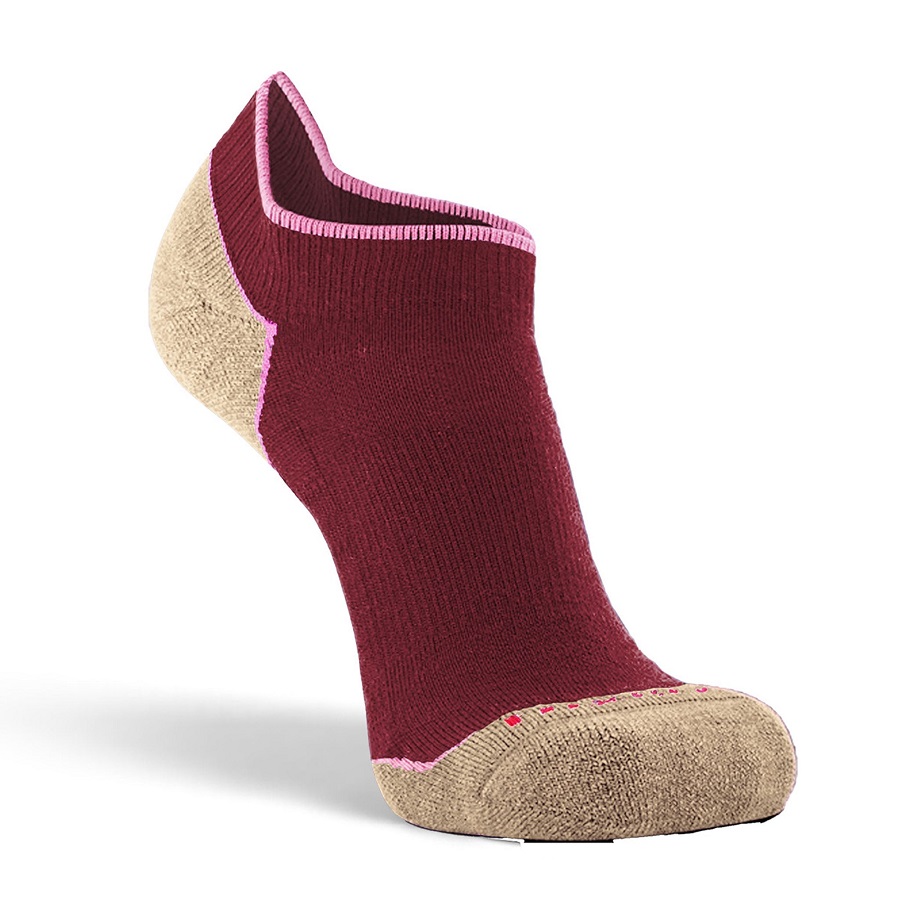
Top Brands and Recommendations
When it’s time to choose durable hiking socks for women, top brands stand out. These brands combine quality materials with innovative designs. They offer socks that meet the needs of women hikers. Here are some brands and their recommended products:
- Smartwool: Known for their Merino wool socks that provide comfort and moisture management.
- Darn Tough: Offers a range of durable socks with a lifetime guarantee, which speaks to their longevity.
- Bridgedale: Specializes in socks with unique blends, ensuring durability and controlled moisture.
When considering which brand to choose, think about your specific needs. Each hiker’s preferences vary based on trail conditions and personal comfort. Be sure to read reviews and product specifications. This helps you make an informed decision. Many outdoor retailers offer a variety of these brands. So, you can try on different styles before making a purchase.
Finding the right hiking socks for women can be simple. Focus on brands that specialize in outdoor gear. They often provide the best options for durability and comfort. Invest in a few pairs of high-quality socks. This ensures that you have the right gear for any hiking adventure. Keep in mind, even the best socks need proper care to last. It is worth spending a bit more for socks that will endure the rigors of the trail.
Care and Maintenance of Hiking Socks
To extend the life of hiking socks for women, proper care and maintenance are essential. Here are practical tips to keep socks in top condition:
- Wash With Care: Turn socks inside out before washing. Use a gentle cycle with cold water. Avoid bleach and fabric softeners as they can break down fibers.
- Dry Properly: Lay flat to air dry, or use a low heat setting on the dryer. High heat can shrink and damage the materials.
- Keep Them Clean: Wash socks after every hike. Dirt and sweat can cause fabric to deteriorate overtime.
- Avoid Walking Barefoot: Only wear hiking socks with boots or shoes. Walking on rough surfaces without protection can cause holes and excess wear.
- Store Correctly: Keep socks in a cool, dry place. Fold them neatly or roll them to prevent stretching.
- Rotate Pairs: Don’t wear the same socks on consecutive days. Rotating socks allows them to regain their shape and rest the fibers.
- Inspect Regularly: Check for signs of wear like thinning or holes. Repair minor damage promptly to prevent it from getting worse.
- Follow Manufacturer’s Guidelines: Heed the care instructions on the label. Manufacturers know the best ways to maintain their products.
Taking the time to care for hiking socks for women will keep them comfortable, supportive, and durable for many hikes to come. It’s a simple step that can greatly impact the longevity of your hiking gear.
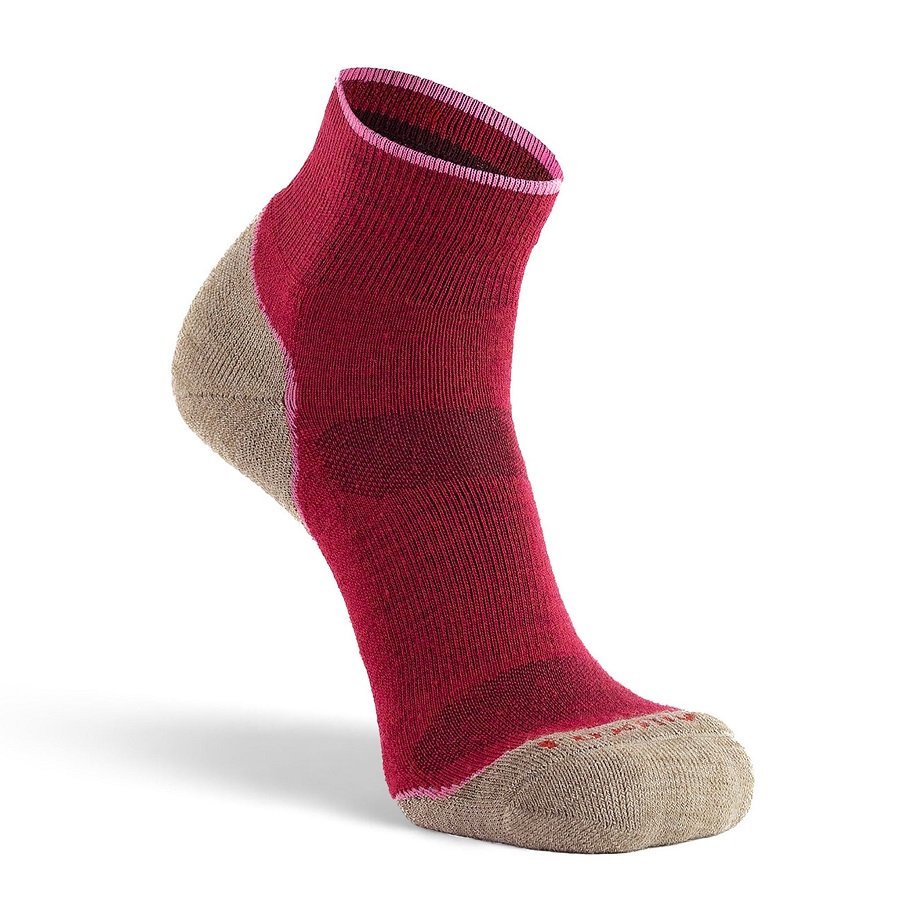
Factors Affecting the Longevity of Hiking Socks
Several factors determine how long your hiking socks for women will last. Here are the main ones:
- Usage Frequency: The more you wear your socks, the faster they will wear out.
- Hiking Terrain: Rough trails can cause more abrasion and reduce sock lifespan.
- Quality of Socks: Higher quality socks with reinforced areas tend to last longer.
- Care Routine: Proper washing, drying, and storage practices prolong sock life.
- Footwear Compatibility: Well-fitting boots prevent excess movement and sock wear.
- Personal Gait: The way you walk can affect where and how socks wear down.
- Environmental Factors: UV rays, dirt, and oils can degrade fabric over time.
Remember these factors when you choose and use your hiking socks. Caring for them right can make a big difference. Look after your socks, and they will look after your feet on many hikes.

